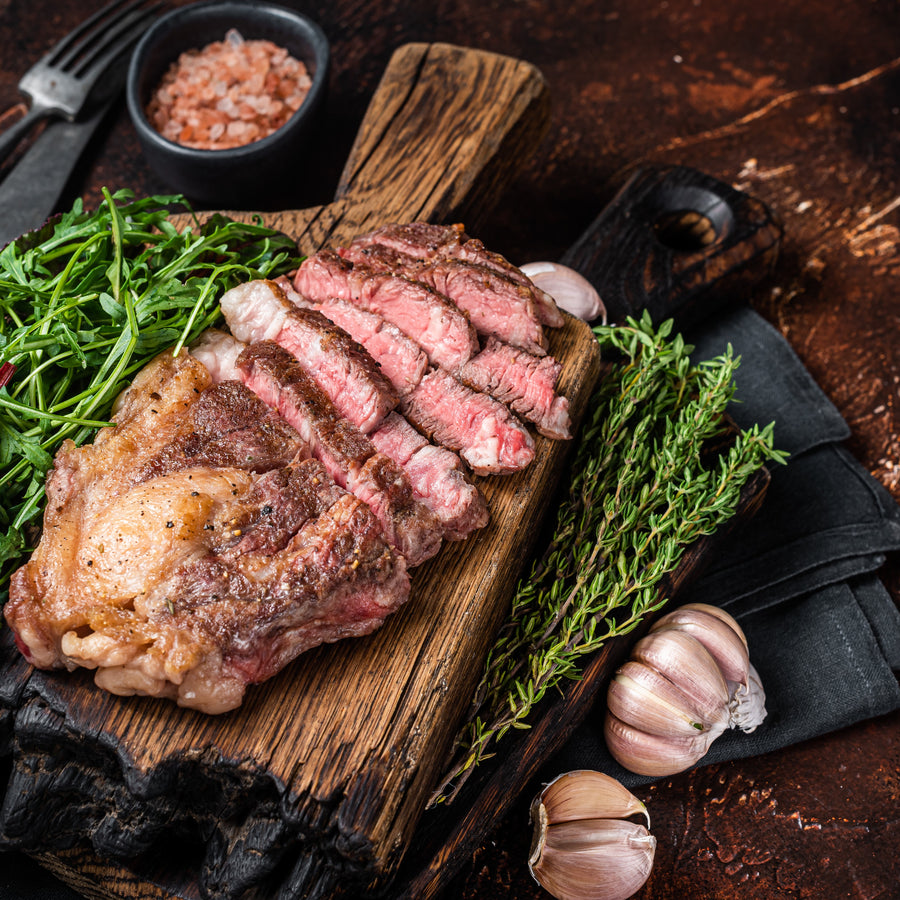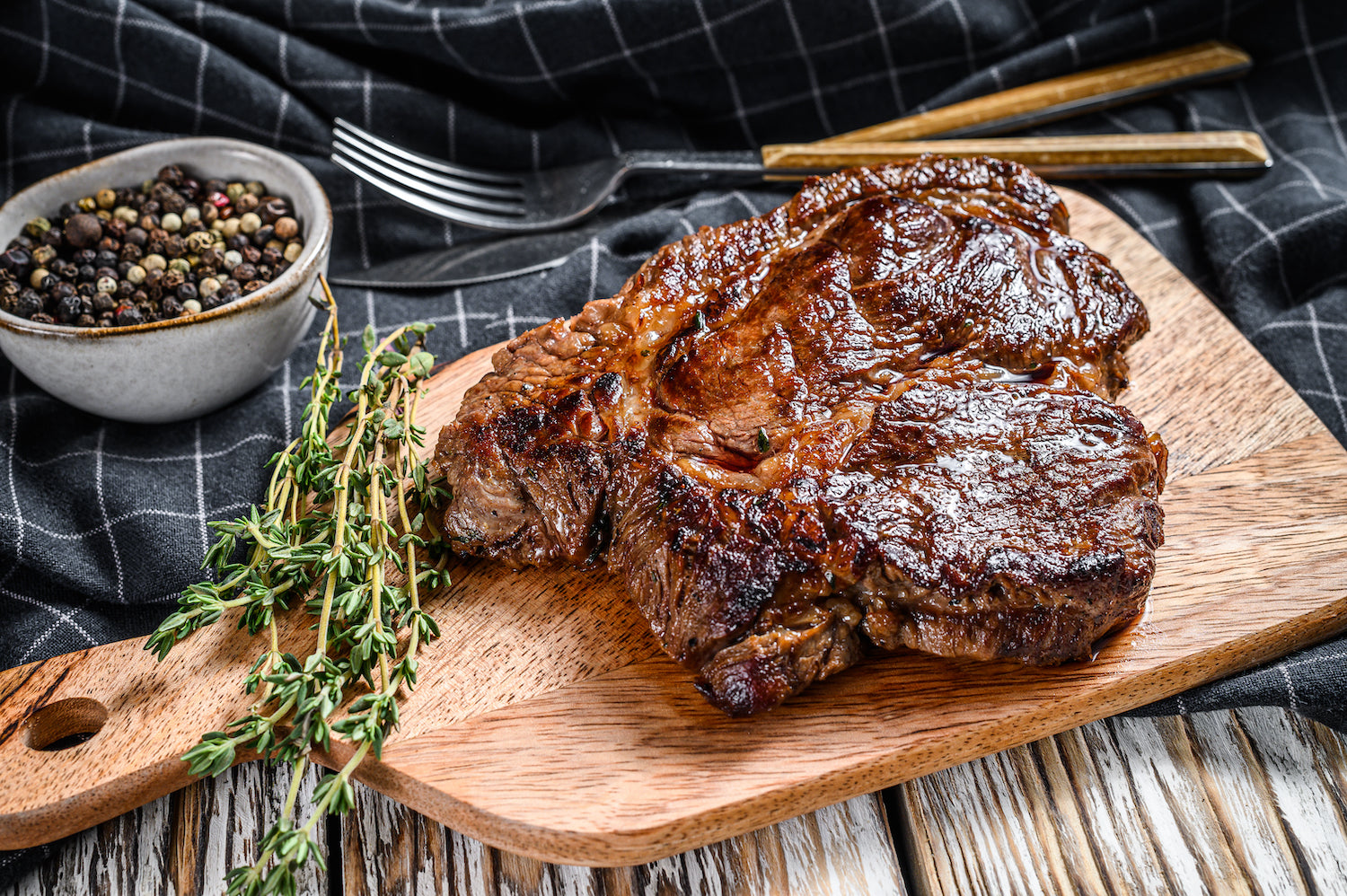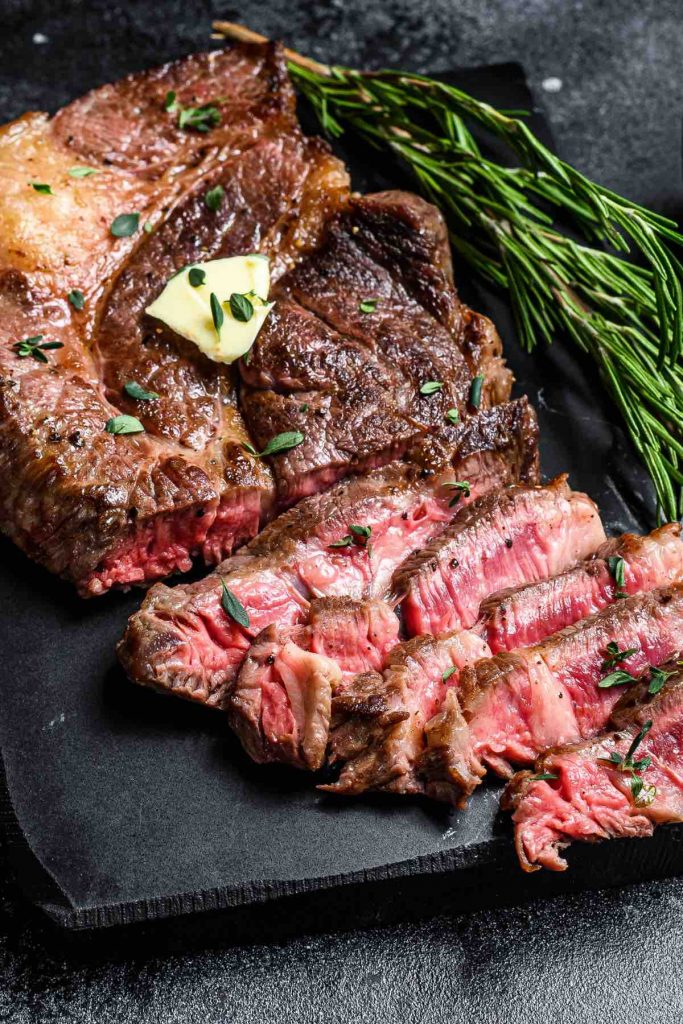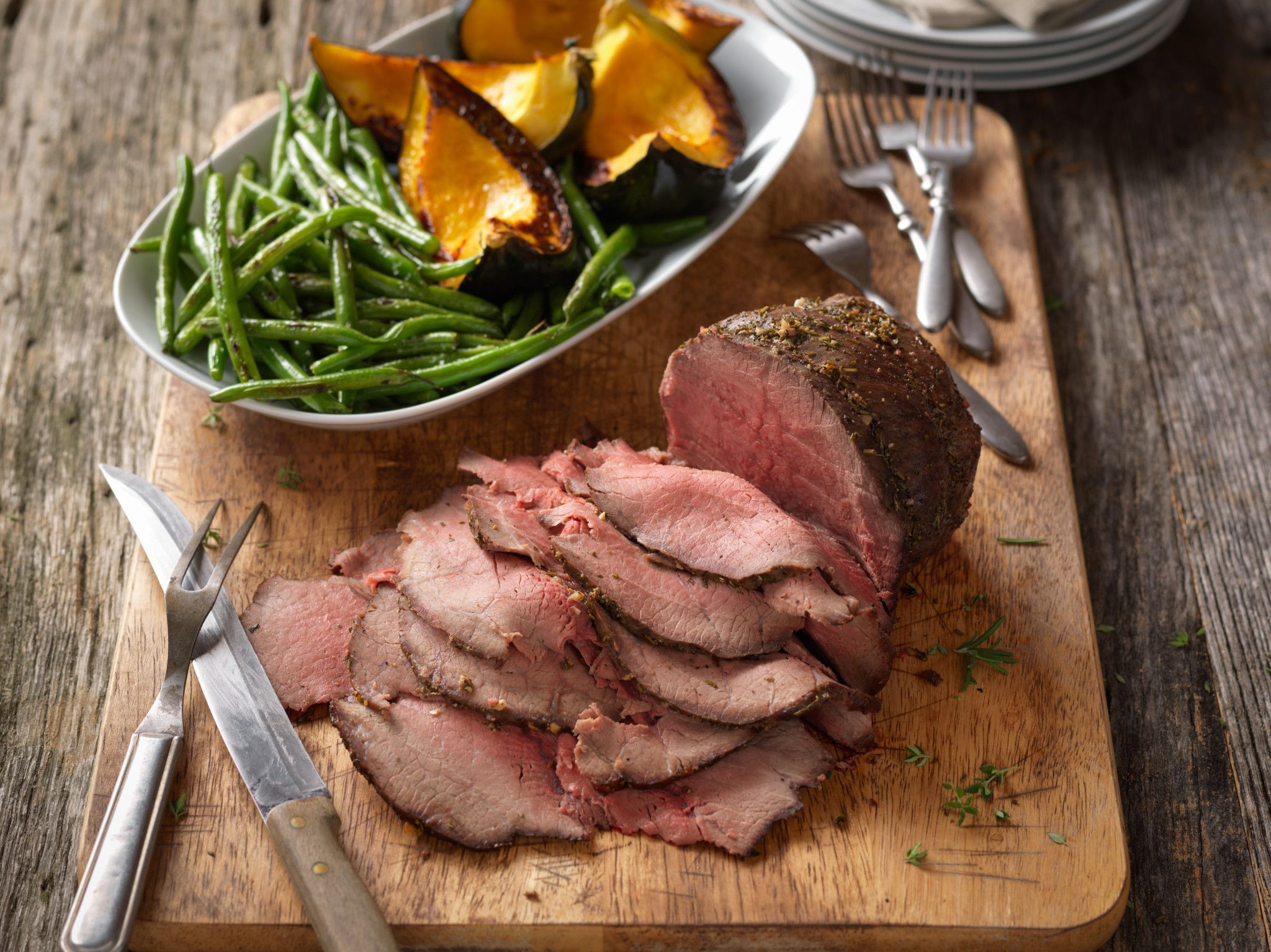Chuck roast, with its rich flavor and tender texture, is a favorite among home cooks and chefs alike. However, when it comes to preparing this delectable cut of meat, there are several cooking methods to choose from. In this comprehensive guide, we’ll delve into the various techniques for cooking chuck roast and determine which method reigns supreme.
Understanding Chuck Roast
Marbling and Fat Content: One of the defining characteristics of chuck roast is its marbling. Marbling refers to the streaks of fat that run through the meat. This fat not only adds flavor but also helps keep the meat moist during cooking. Chuck roast typically has a good amount of marbling, contributing to its rich taste and succulent texture.
Connective Tissue: In addition to fat, chuck roast contains a significant amount of connective tissue, including collagen. Collagen is a protein that, when broken down, transforms into gelatin during cooking. This process occurs slowly at low temperatures, making chuck roast well-suited for long, slow cooking methods such as braising or roasting. As the collagen breaks down, it adds richness and depth to the sauce or gravy while also tenderizing the meat.
Versatility: Chuck roast is a versatile cut of meat that can be prepared in various ways. It can be braised, roasted, grilled, or slow-cooked, each method offering a different flavor profile and texture. Its versatility makes it a favorite among home cooks and chefs alike, as it can be used in a wide range of dishes, from comforting stews to elegant roasts.
Flavor Profile: Chuck roast has a robust, beefy flavor that is enhanced by proper seasoning and cooking techniques. It pairs well with aromatic herbs and spices, as well as hearty vegetables like carrots, onions, and potatoes. When cooked slowly, the flavors meld together, resulting in a dish that is deeply satisfying and comforting.
Cooking Methods
1. Slow Cooking
:max_bytes(150000):strip_icc()/MSL-313619-Slow-Cooker-Pot-Roast-Hero-horiz-0823-5952853a2ad74c8bb4fc3248f8ece42e.jpg)
Overview: Slow cooking, also known as braising, involves cooking the chuck roast over low heat for an extended period. This method allows the meat to become tender and succulent while infusing it with rich flavors.
Process: The chuck roast is seasoned and placed in a slow cooker along with vegetables, herbs, and liquid such as broth or wine. The slow cooker is then set to cook on low heat for several hours, allowing the meat to slowly break down and become fork-tender.
Advantages:
- Tender Texture: Slow cooking results in a melt-in-your-mouth texture, as the collagen in the connective tissue breaks down slowly over time.
- Deep Flavor: The long cooking time allows the flavors to develop and meld together, resulting in a rich and savory dish.
- Convenience: Slow cooking requires minimal hands-on effort and can be left unattended for hours, making it ideal for busy days.
Disadvantages:
- Extended Cooking Time: Slow cooking typically takes several hours, so it may not be suitable for those looking for a quick meal.
- Limited Browning: Slow cooking doesn’t achieve the same level of browning and caramelization as other methods, which may affect the appearance of the final dish.
2. Oven Roasting

Overview: Oven roasting involves cooking the chuck roast in a conventional oven, allowing for even heat distribution and the development of a flavorful crust.
Process: The chuck roast is seasoned and seared in a skillet to develop a crust. It is then placed in a roasting pan along with vegetables, herbs, and liquid. The pan is covered with foil and roasted in the oven at a moderate temperature for several hours until the meat is tender.
Advantages:
- Caramelization: Oven roasting results in a well-browned exterior, which adds depth of flavor and visual appeal to the dish.
- Controlled Cooking: Cooking in the oven allows for precise temperature control and even heat distribution, ensuring consistent results.
- Versatility: Oven roasting allows for the addition of various ingredients such as vegetables and aromatics, enhancing the overall flavor of the dish.
Disadvantages:
- Requires Monitoring: Oven roasting may require occasional monitoring and basting to prevent the meat from drying out.
- Longer Cooking Time: While oven roasting is faster than slow cooking, it still requires several hours of cooking time, which may not be suitable for those with time constraints.
3. Stove-Top Searing Followed by Oven Baking

Overview: This method combines stove-top searing to develop a crust with oven baking to ensure even cooking.
Process: The chuck roast is seasoned and seared in a skillet over medium-high heat to develop a crust. It is then transferred to a roasting pan along with vegetables, herbs, and liquid. The pan is covered with foil and baked in the oven at a moderate temperature until the meat is tender.
Advantages:
- Best of Both Worlds: This method combines the benefits of stove-top searing, which creates a flavorful crust, with oven baking, which ensures even cooking.
- Enhanced Flavor: Searing the meat before baking helps lock in juices and enhances the overall flavor of the dish.
- Controlled Cooking: Baking in the oven allows for precise temperature control and even heat distribution, resulting in consistent results.
Disadvantages:
- Requires Additional Equipment: This method requires both a skillet for searing and a roasting pan for baking, which may be inconvenient for some cooks.
- Active Cooking Time: While the oven does most of the work, this method still requires some active cooking time, particularly for searing the meat on the stove-top.
Comparing the Methods

Texture
Slow Cooking: Slow cooking results in a tender, melt-in-your-mouth texture as the collagen in the connective tissue breaks down slowly over low heat.
Oven Roasting: Oven roasting also produces a tender texture, but with the added benefit of a well-browned exterior, providing a contrast in texture.
Stove-Top Searing Followed by Oven Baking: This method combines tenderness with a well-browned exterior, resulting in a juicy and flavorful roast.
Flavor
Slow Cooking: Slow cooking allows flavors to develop and meld together over time, resulting in a rich and savory dish with deep layers of flavor.
Oven Roasting: Oven roasting enhances the flavor of the roast by promoting caramelization and browning, creating a robust and aromatic dish.
Stove-Top Searing Followed by Oven Baking: By searing the meat before baking, this method locks in juices and enhances the overall flavor of the dish, while baking ensures even cooking and further flavor development.
Convenience
Slow Cooking: Slow cooking is the most convenient method as it requires minimal hands-on effort and can be left unattended for hours, making it ideal for busy schedules.
Oven Roasting: While oven roasting requires some monitoring and occasional basting, it still offers greater control over the cooking process compared to slow cooking.
Stove-Top Searing Followed by Oven Baking: This method requires additional equipment and more active cooking time compared to slow cooking but offers the convenience of stove-top searing for flavor development and oven baking for even cooking.
Caramelization
Slow Cooking: Slow cooking does not achieve the same level of browning and caramelization as oven roasting or stove-top searing but still results in a flavorful and tender dish.
Oven Roasting: Oven roasting excels in achieving caramelization and browning, resulting in a visually appealing dish with a depth of flavor.
Stove-Top Searing Followed by Oven Baking: This method combines the benefits of stove-top searing for caramelization with oven baking for even cooking, resulting in a well-browned exterior and juicy interior.
Conclusion
The best cooking method for a chuck roast ultimately depends on personal preference and time constraints. Slow cooking is ideal for those with busy schedules who prefer a hands-off approach, while oven roasting and stove-top searing followed by oven baking offer greater control over the cooking process and achieve superior caramelization. Whichever method you choose, rest assured that a perfectly cooked chuck roast will be the highlight of any meal.


